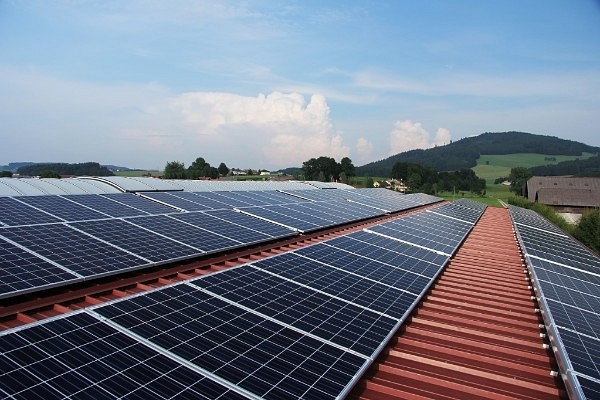
With Renewable Energy Sector Growing At Hectic Pace, MNRE Issues Guidelines For Setting Up Dispute Resolution Mechanism
The Central government has proposed to set up a dispute resolution mechanism in the renewable energy sector to cater to the growing cases of disputes between stakeholders in the solar and wind sectors that has seen rapid expansion in the last five years.
The Ministry of New and Renewable Energy (MNRE) has issued guidelines for establishing a dispute resolution mechanism (DRM) for projects being implemented by government agencies Solar Energy Corporation of India (SECI) and National Thermal Power Corporation (NTPC).
As per the guidelines, SECI and NTPC will provide a secretariat for the dispute resolution committee (DRC), with its head being designated as the secretary who will be from either of the two state run entities. He will be an officer not below the rank of general manager.
All disputes emanating from contracts or from decisions taken by SECI or NTPC will have to be addressed to the DRC secretary.
All the applications under the DRM, whether for appeal against the decisions given by SECI or NTPC based on the terms of the contract or the requests not covered under the terms of contract, will be addressed to the DRC secretary.
Developers, however, will have to take up specific disputes first with SECI or NTPC before proceeding to the DRC, otherwise, their application would be rejected.
The DRC is expected to hold hearings on the applications and submit its recommendations to the MNRE within 21 days. It will also be expected to meet weekly to discuss the pending cases.
In case the DRC is unable to give its decision within the time frame of 21 days, the secretary must inform the MNRE which may then provide an additional 14 days for the DRC to make a decision.
The MNRE also issued an amendment allowing a developer to appeal to the DRC against the SECl or NTPCa¿s order within 21 days. Moreover, any negative financial implication on the developer due to SECI or NTPC's order would be put in abeyance for 21 days after the order.
Besides these, the MNRE has also issued amendments to the guidelines regarding force majeure, an extension of time, and fees related to this mechanism.
According to clean energy communications and consulting firm Mercom, setting up a mechanism for disputes between developers and intermediary power procurers, such as SECI or NTPC, is expected to boost confidence among investors in the renewable energy sector.
The Indian solar market has grown from 3 gigawatts (GW) installed capacity in 2014 to 35 GW in 2019. With the rapid expansion of the solar and wind sectors, disputes involving the stakeholders have also increased. In the absence of a framework for dispute resolution, investors, particularly overseas ones, have shown reluctance to invest in Indian clean energy projects.
(This story has been published from a wire agency feed without modifications to the text. Only the headline has been changed.)